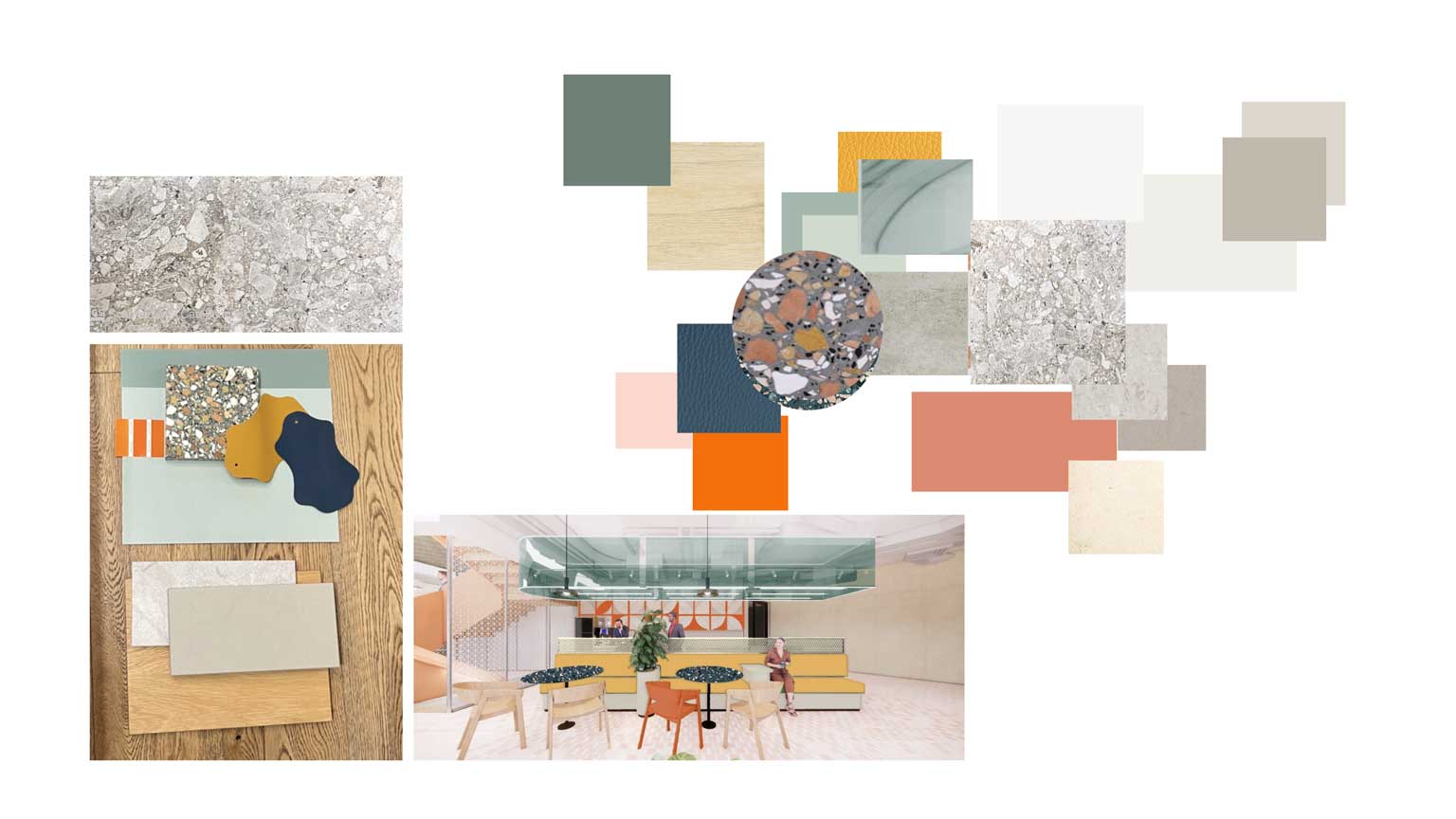
The impact of colors and materials in designing the perfect workspace
When it comes to creating the perfect work environment, colors and materials play a crucial role in shaping the overall ambiance and influencing productivity. The careful selection of colors and materials can significantly impact the mood, focus, and creativity of individuals in a workspace.
When it comes to creating the perfect work environment, colors and materials play a crucial role in shaping the overall ambiance and influencing productivity. The careful selection of colors and materials can significantly impact the mood, focus, and creativity of individuals in a workspace.
Colors have a remarkable ability to evoke emotions and affect our psychological state. In a workspace, choosing the right colors can make a world of difference. Warm colors like red, orange, and yellow can stimulate energy and promote enthusiasm. They are ideal for workspaces that require high levels of activity and creativity, for instance in collaborative areas.
On the other hand, cooler colors like blue and green tones have a more calming effect. They can create a sense of tranquility and help maintain focus, making them suitable for workspaces that demand concentration, such as offices or study areas. Blue, in particular, has been found to enhance productivity and boost mental clarity. Incorporating these colors into the workspace through wall paint, furniture accents, or decorative elements can have a profound impact on the overall atmosphere.

In addition to colors, the selection of materials also contributes significantly to the design of a productive workspace. The texture, durability, and aesthetic appeal of materials can influence both the physical and mental well-being of individuals working in that space. incorporating natural materials like wood or bamboo can create a warm and inviting atmosphere while providing a connection to nature. Such elements can have a calming effect on individuals and promote a sense of serenity, ultimately enhancing productivity and reducing stress levels.

Furthermore, the choice of materials can impact the acoustics of a workspace. Soft materials like carpets, acoustic panels, or fabric-covered furniture can help absorb sound, reducing echoes and creating a quieter environment. This is particularly important in open office layouts where noise can be a significant distraction. By mitigating excessive noise levels, employees can focus better on their tasks and experience improved concentration and productivity.


In conclusion, colors and materials have a profound impact on the design of a perfect workspace. By strategically selecting colors that align with the intended mood and purpose of the space, one can create an environment that enhances energy, focus, and creativity. Additionally, the choice of materials influences not only the aesthetics but also the acoustics, comfort, and overall well-being of individuals working in that space. By considering the impact of colors and materials in workspace design, one can craft an inspiring and productive environment that fosters success and satisfaction for all who inhabit it.



